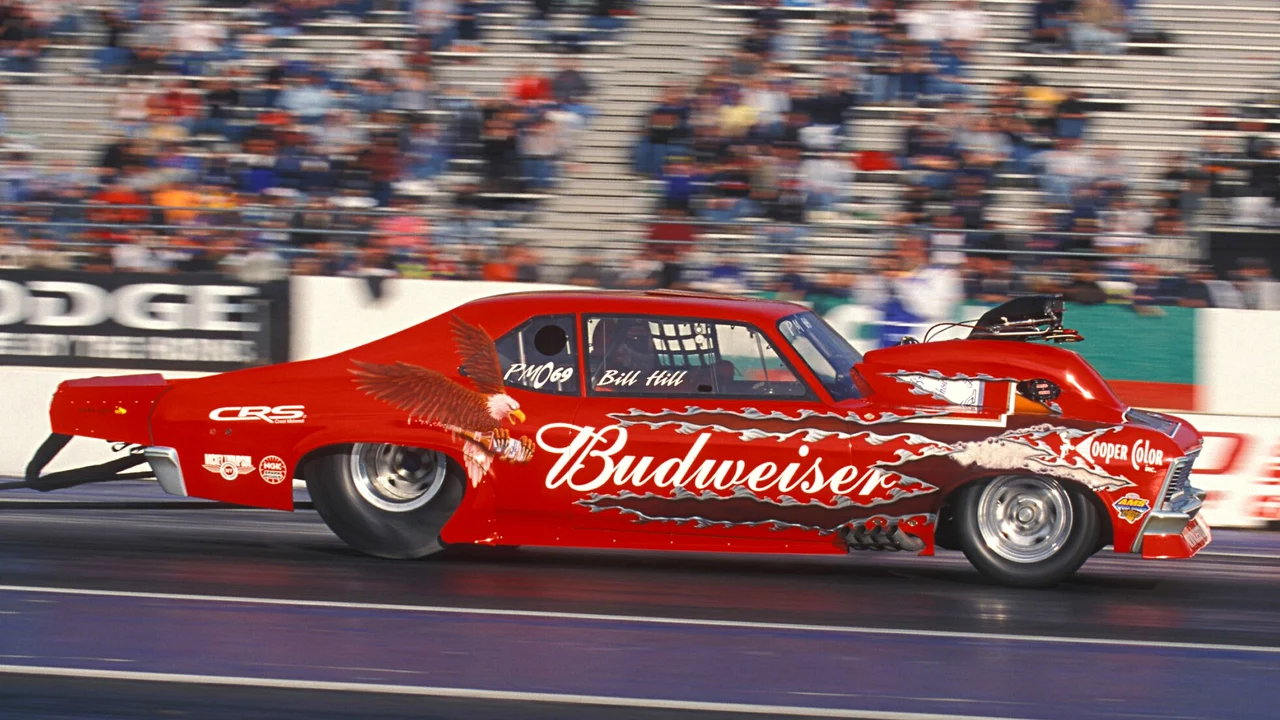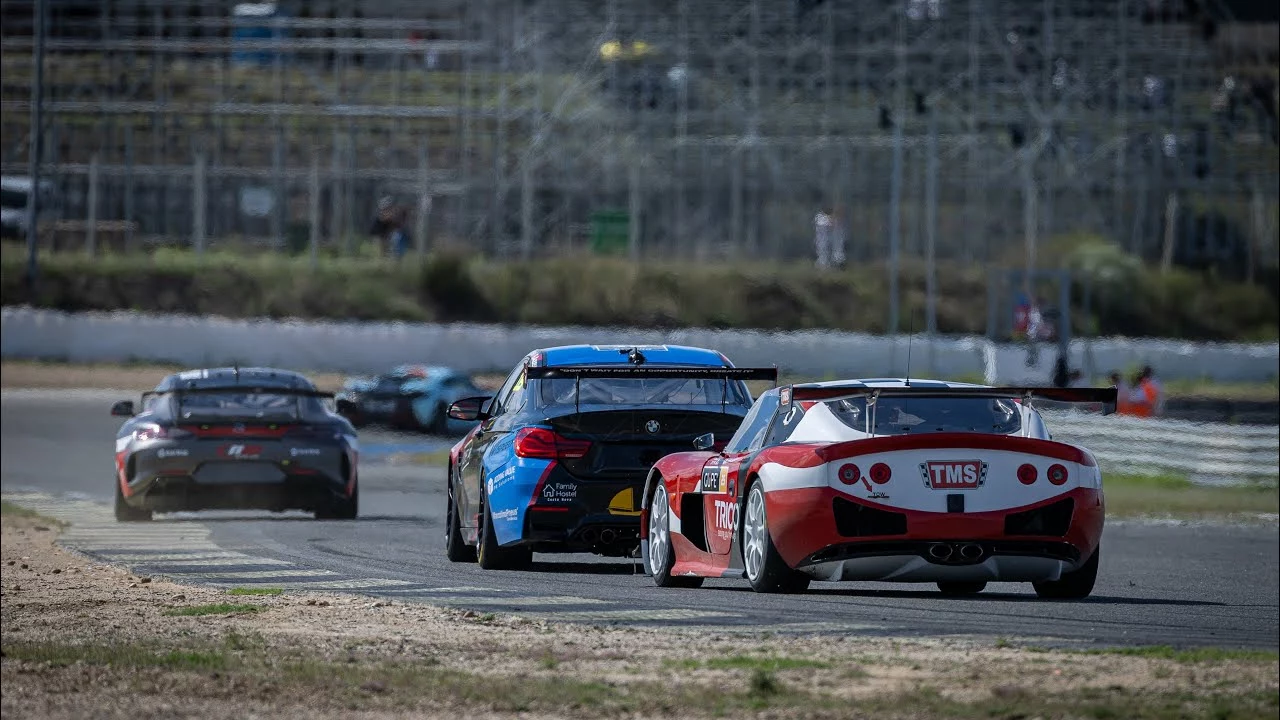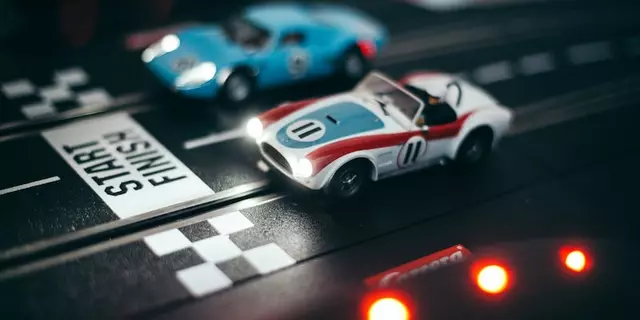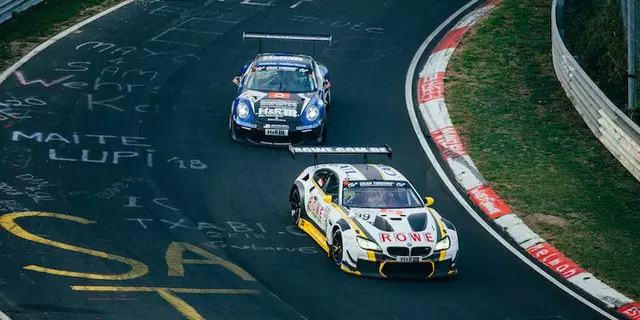Motorsports and Racing – What You Need to Know
Welcome to the place where speed lovers hang out. Whether you love the roar of a bike on a twisty circuit or the sheer blast of a drag strip, we’ve got the basics covered. This page breaks down the most talked‑about topics – drag racing, the meaning of “G” in a corner, and why they both matter for any fan.
Is drag racing really racing?
Sure, it’s racing. It’s the 100‑meter sprint of the motor world. Two cars line up, the lights go green, and they explode down the strip. No turns, no pit stops, just pure acceleration. The fight is over in seconds, but the adrenaline lasts longer. Fans love it because it’s simple: start line, finish line, and engines screaming. If you’ve ever watched a street‑legal quarter‑mile showdown, you’ve seen the same drama that fuels any race series.
What makes drag racing unique is the focus on power. Racers tweak engines, tires, and launch control until the car can launch off the line faster than a cheetah. The competition isn’t about who’s best at cornering; it’s who can translate horsepower into speed in the blink of an eye. That’s why the sport has its own culture, but it’s still a form of racing at its core.
What does “G” mean in racing?
When you hear drivers talk about “G‑force,” they’re describing the push you feel when you hit a corner hard. One G is just normal gravity, the force that keeps you on the ground. In a fast corner, a driver can feel 3, 4, even 5 G. That means the body feels three to five times heavier. It’s not just a buzz‑word – it directly affects how the car behaves and how the driver stays in control.
High G‑forces test a car’s suspension, tires, and aerodynamics. If the setup can’t handle the load, the car will slide or lose grip. Drivers train to keep their bodies tight so they don’t get thrown around. Understanding G‑force helps you appreciate why a driver’s skill matters as much as the machine’s power.
Both drag racing and circuit racing rely on the same physics, just applied differently. Drag strips chase the fastest launch, while road courses wrestle with the constant push and pull of corners. Knowing the difference gives you a better angle on race strategies, car builds, and why certain events feel so thrilling.
Ready to dive deeper? Keep exploring our articles, join the conversation, and share your own racing stories. Whether you’re tuning a bike for a drag event or sharpening cornering skills for a track day, the fundamentals stay the same – speed, control, and a love for the roar.
Is drag racing actually racing?
In the wild, wacky world of motor sports, folks often ponder, "Is drag racing actually racing?" Well, let me drop the clutch on this debate! Drag racing is indeed racing, folks. It's like the 100-meter sprint of the automotive world - short, intense and, dare I say, a bit of a thrill! So, whether you're a fan of the twists and turns of traditional racing or the straight-line adrenaline rush of drag racing, remember - if there's a start line, a finish line, and revved-up engines in between, you bet your tailpipe it's racing!
Read More






